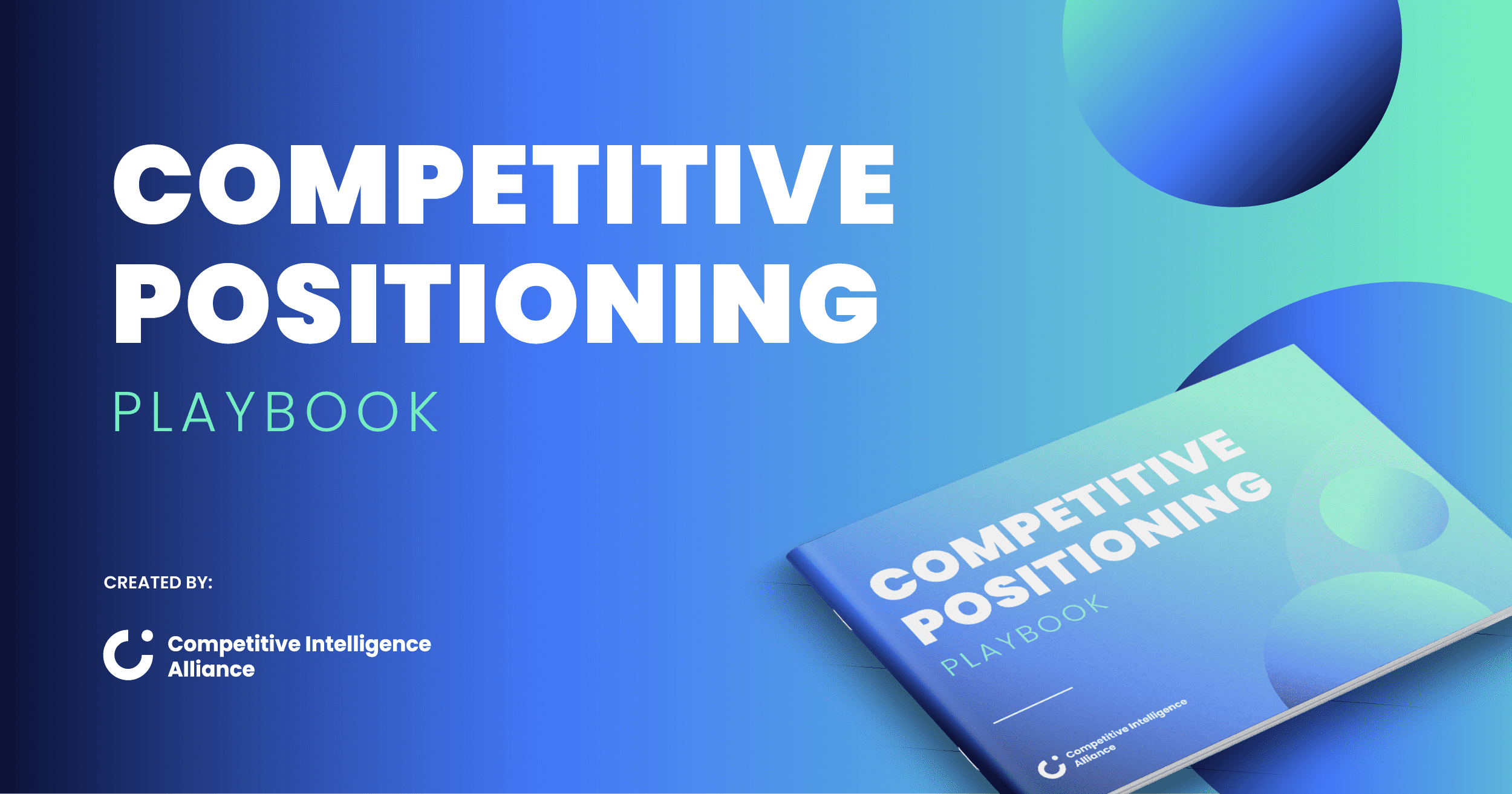Do the terms ‘competitive intelligence’ and ‘market intelligence’ seem ambiguous?
If you’re unsure what distinguishes one from the other, join us as we break down:
- The key differences between competitive intelligence and marketing intelligence.
- Where exactly competitive and market intelligence differ.
- Where the two actually overlap.
What’s the difference between competitive intelligence and market intelligence?
Market intelligence provides the backdrop against which you compete with business rivals. Competitive intelligence is more specific than market intelligence, dealing with specific competitors instead. Rather than the larger market both you and your competitors are a part of.
We asked Jayde Phillips, Senior Manager of Strategy and Market Intelligence at Egencia, how she understands the differences between competitive and market intelligence.
Here are her thoughts in short:
Competitive intelligence: zeroes in on your top competitors. At Egencia, they focus on three. Their strategy is based on win rates against these top competitors.
Market intelligence: revolves around industry trends. It's about identifying patterns in the industry and understanding their implications. For instance, AI is a hot topic right now across most sectors, from finance to travel.
Where competitive intelligence and market intelligence differ
Competitive intelligence and market intelligence have different goals and aims
The aim of market intelligence is to understand what drives consumer & buyer behavior. Marketing intelligence tends to be concerned with the wider, longer-term trends visible in the market, as well as emerging factors driving consumer behavior. As a business, you’re looking to understand how you can leverage a greater understanding of your target market to increase sales and brand awareness.
The aim of competitive intelligence, on the other hand, is to learn all you can about a key set of competitors, what they’re doing, what their strategies are, and what consumers think about them. This way, you can make more informed business decisions about how you’re going to compete for market share.
Competitive intelligence and market research sources can differ
Market intelligence sources: An analysis framework like PESTLE analysis has you examine the Political, Economic, Social, Technological, Legal, and Environmental factors currently impacting your business and the wider market.
This type of framework helps you learn, in detail, about your market and what the future might hold for it. But it’s possible to perform a PESTLE analysis and learn nothing about a single competitor.
Competitive intelligence sources: The same is true of some competitor analysis techniques. A competitor SEO analysis aims to uncover details about a given competitor’s content marketing strategy by examining which keywords it’s pouring resources into creating content to rank for on search engines.
Understanding where a competitor is pouring resources can help you understand its priorities, and what moves it might be looking to make in the near future. But a competitor SEO analysis teaches you nothing about the wider market.
How competitive and market intelligence are similar
Sources don't always differ...
So it’s often not the case that sources of competitor intelligence teach you about the wider market, and vice versa.
Still, some sources, like field intelligence, do teach you about both the market and your competitors.
Think about when your customers talk to you about your competitors. Win/loss interviews, for example.
In a win/loss interview, a customer might tell you why they chose you instead of one of your competitors. This helps you understand more about buyer behavior and the factors that drive buying decisions, but it also helps you learn more about your competitors’ products and what the market likes about them.
So with win/loss interviews, you learn more about both the market, and about your competitors, from a single source.
One can inform the other
Similarly, aggregated intelligence about multiple competitors informs you about larger scale market trends.
For example, you might study a number of direct or indirect competitors during the course of a competitive analysis. By studying multiple competitors, you might notice that the majority of them seem to be focusing more on a new type of feature.
How about an example?
Recently, it’s been difficult to escape news about AI. But even before GPT products were being released en masse, a savvy competitive intelligence practitioner might’ve been able to figure out the market was moving in that direction.
Imagine more competitors begin publishing articles about AI, speaking about AI at conferences and industry events, and publishing public job listings for AI and machine learning professionals.
Taken together, this is an early warning signal your competitors might be beginning to invest more in AI. Report signs like these to leadership and other stakeholder groups, so your organization can make fully informed business decisions.
Information about competitors can inform marketing strategies
While marketing practices like segmentation might not overlap with competitive intelligence all that much, your messaging and positioning strategies are best created in light of what you know about your competitors.
As Alex McDonnell, Director of Competitive Intel and Product Marketing at Airtable, puts it:
“There is no positioning without competitive positioning”.
Your competitors own at least some of your target audience’s “mind share”.

If your messaging and brand positioning ignore this fact, they’re far more likely to miss the mark. Acknowledge it, though, and you’ll be able to answer the unasked questions floating around in your prospects’ heads, and neutralize their doubts and concerns, even as they’re thinking them. This makes for far more effective competitive positioning.
The truth is, no matter how unique you think your product is, your prospects will find something to compare it to. Whether that comparison comes out in your favor or not is up to you.
Don’t passively position your product in direct competition with strong alternatives. Take charge of the narrative. Understand the competitive landscape, where alternatives are strong or weak, beloved or disliked; understand your own strengths and weaknesses in the eyes of your customers.
In short, position competitively.
Looking for the playbook on how to position competitively?
Grab your copy of the Competitive Positioning Playbook. It won't cost you anything, but here's some of what you'll take away:

No product is created in a vacuum
The Competitive Positioning Playbook teaches you...
👷 How to blend CI and customer research for a rock-solid positioning strategy.
🙅♀️ The three steps you must not skip in crafting competitive positioning.
🪛 A top-to-bottom tear down of the positioning process, and how CI fits in.
🏹 How to use competitive positioning to shatter your org’s revenue ceiling.
Interested? Click the button right now to check it out.





.png?v=4fd2470976)